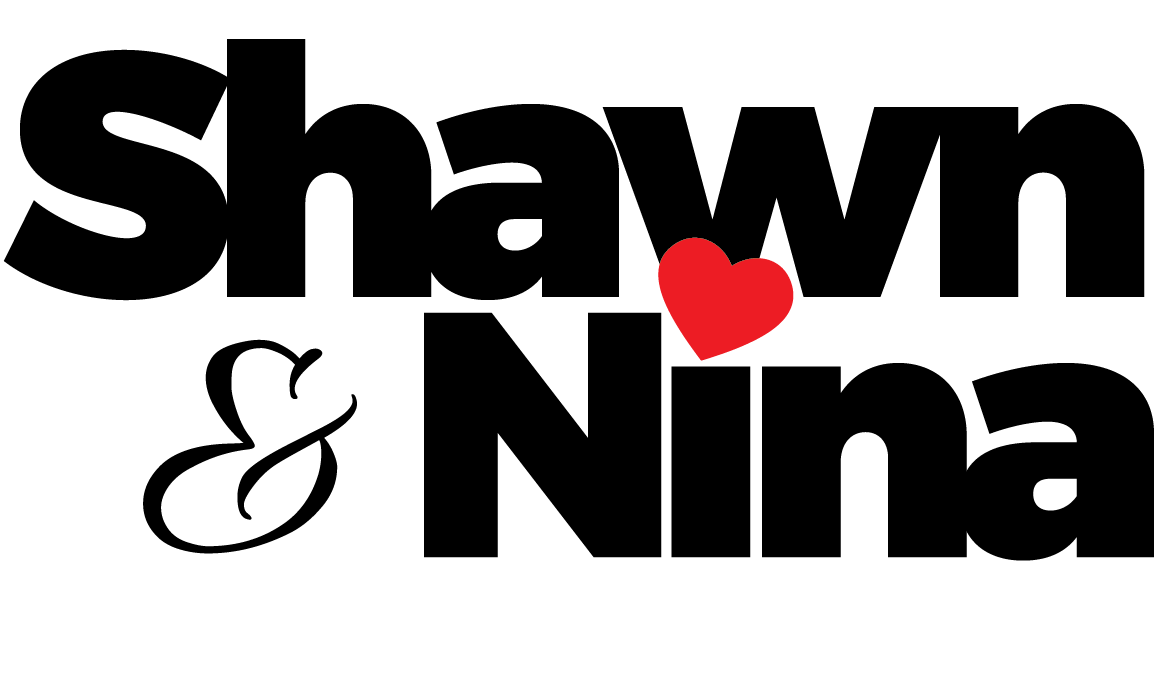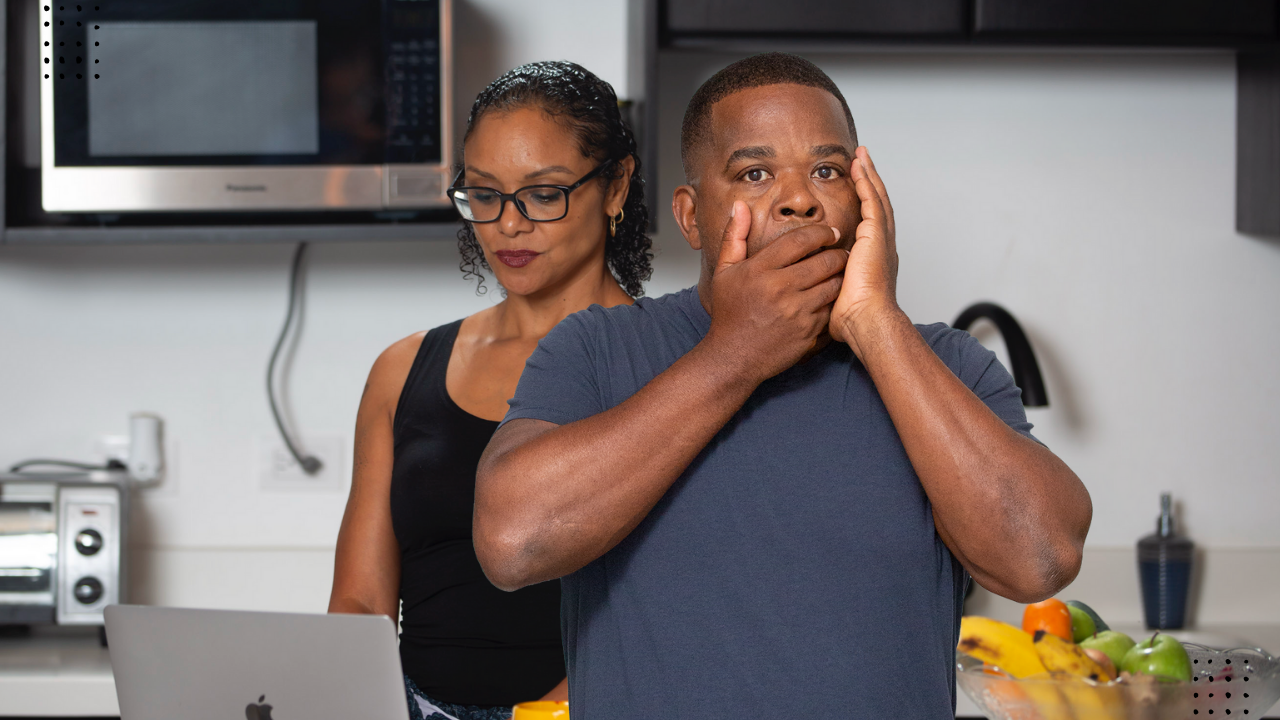How to Improve Communication and Stop Repeating the Same Argument. Ever feel like you’re having the same fight with your partner on a loop? For instance, it might start with a stray sock on the floor, and then, before you know it, you’re replaying the same argument from last week. Indeed, if you’ve ever found yourself fuming over a wet towel while your partner is blissfully unaware, you’re not alone. The real issue, however, isn’t the sock or the towel; specifically,it’s a breakdown in how to improve communication. The good news? Consequently, that maddening loop is a common, and totally fixable, glitch. Ultimately, learning how to communicate better is the key to breaking free.
Why Your Attempts to Communicate Better Keep Failing
Let’s set the scene. It’s 7 PM. You’re both tired. You see the dishwasher needs unloading. Again. You mention it. Your partner, scrolling on their phone, grunts, “I’ll get to it.” Spoiler alert: They do not get to it. Suddenly, you’re not just talking about the dishwasher anymore. Instead, you’re now debating who works harder and whether that grunt was a sign of deep-seated disrespect.
Here’s the secret: You’re probably not even arguing about the dishwasher. In reality, you’re caught in the “Criticism-Stonewall Loop,” a classic sign that your couple communication needs a tune-up. Typically, one partner escalates (the criticism), while the other, feeling attacked, puts up a defensive wall (the stonewall). As a result, it’s a protective dance that always ends with someone getting stepped on.
Your 3-Step Guide to Better Communication for Couples
The good part? You can absolutely short-circuit this loop. Let’s be real: a perfect, conflict-free relationship is a myth. The goal, however, is to learn a new way to connect. Think of this as your relationship’s cheat code for healthier relationship communication.
Step 1: Master a “Soft Start-Up” for Healthier Conversations
First, how you start a conversation dictates how it ends. So, instead of launching a verbal cannonball like, “You never unload the dishwasher! Are you blind?”, try a softer approach. This is the first crucial skill to improve communication.
The “Soft Start-Up” Method: “Hey, I’m feeling a bit overwhelmed by the kitchen mess. Could we please unload the dishwasher together?”
Spot the difference? The first one blames and guarantees a fight. In contrast, the second uses “I” to state a feeling and makes a positive request. Essentially, it’s about the issue, not a character assassination.
Step 2: Practice Active Listening to Truly Understand Each Other
Next, this part feels awkward at first, but it’s a game-changer for how to communicate better. Let’s be honest: most of us spend conversations just waiting for our turn to talk, thereby crafting our defense instead of actually listening.
The rule is simple for this active listening technique: Partner A shares a feeling. Before Partner B can respond with their own view, they must first reflect it back.
- Partner A: “I get really anxious when we’re running late to events because of my family.”
- Partner B (Reflecting): “Okay, so you feel anxious about being late, especially with your family involved. Did I get that right?”
Importantly, this isn’t about agreeing; it’s about proving you’re on the same page. Consequently, this single step vaporizes the “you never listen to me” problem.
Step 3: Identify the Real Issue Beneath the Surface
Here’s the truth: couple spats are almost never about what they seem to be about. For example, the sock isn’t about the sock; rather, it’s about feeling unsupported. Similarly, the lateness isn’t about the clock; it’s about feeling disrespected. That’s why improving your communication skills means learning to dig deeper.
Once you’ve both nailed the listening part, it’s time to play detective. For instance, gently ask: “What’s really underneath this for us?” This moves you from bickering over facts to connecting over the real, hidden feelings, which is the ultimate goal of effective communication.
Put These Communication Skills into Action
Finally, let’s not sugarcoat it—the first time you try this, it might feel awkward. That’s normal. For a real-world test run, grab a timer and 15 minutes this week. Start by mentioning one thing you appreciate about each other, then use your new Soft Start-Up, Active Listening, and Detective skills on one minor gripe. You’ll be shocked at how quickly you can defuse a situation that used to ruin an entire evening. In short, consistent practice is how you make these communication skills stick.
Conclusion
Getting better at this doesn’t mean you’ll stop disagreeing. In fact, it’s about learning how to disagree without wanting to strangle each other. By using a Soft Start-Up, practicing active listening, and bravely digging for the real feelings, you’re not just avoiding a fight about a dishwasher. You are, in fact, actively building a relationship where both of you feel seen, heard, and like a true team. Now that’s a code worth cracking.

